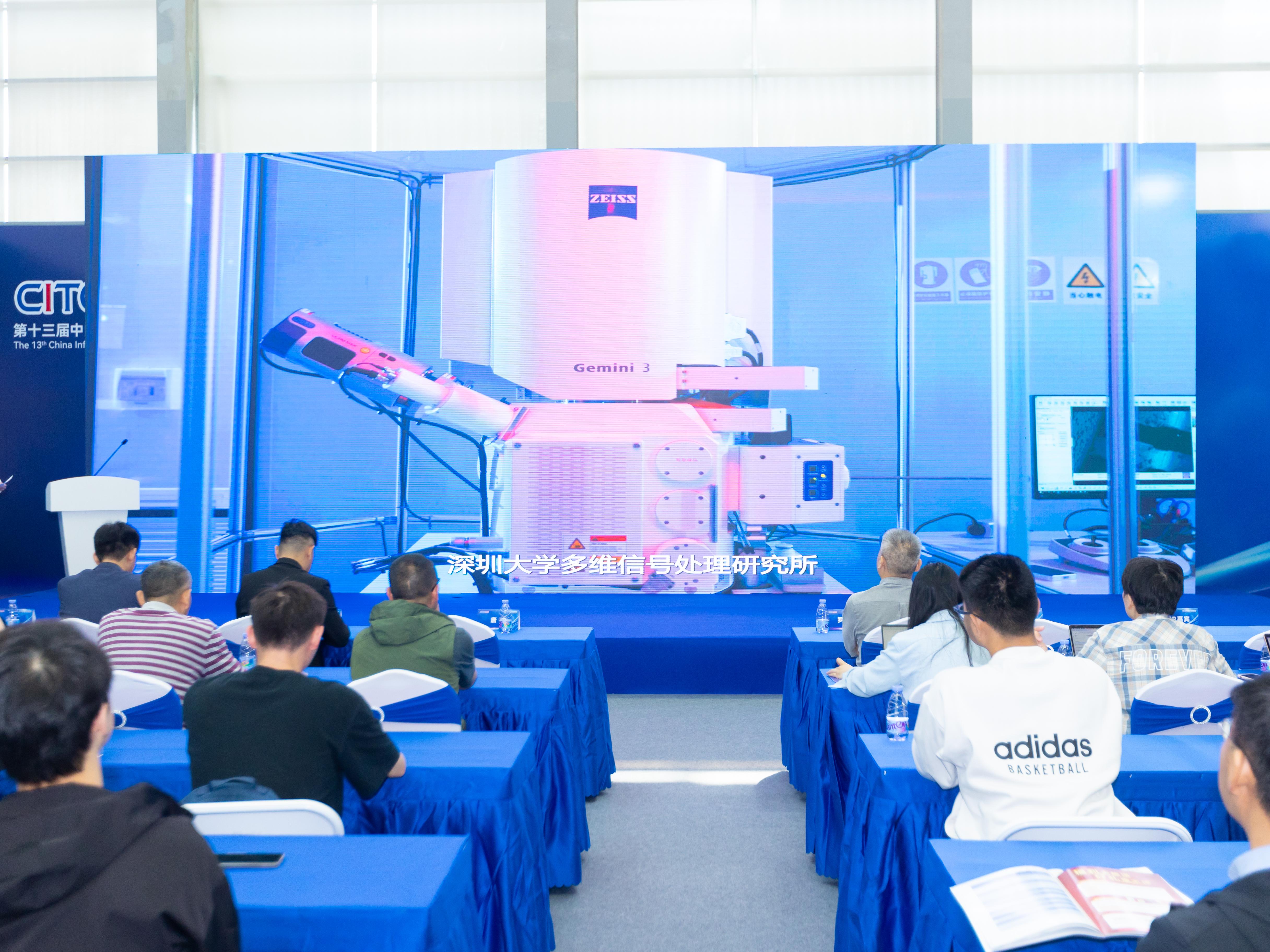Shenzhen, China - [Release Date]- The 13th China Information Technology Expo (CITE 2025) successfully concluded on April 11, 2025 at the Shenzhen Convention and Exhibition Center (Futian). The exhibition showcased cutting-edge products and technologies across eight key sectors of the electronics information industry, including smart terminals, wearables, robotics, low-altitude economy, digital storage, servers, and integrated circuits.
The three-day event brought together over 1,000 exhibitors from 15 countries and regions, featuring nearly 50 concurrent summits that attracted more than 60,000 professional visitors. With 500+ industry leaders, experts and scholars sharing insights on industry trends and technological solutions, the expo received extensive coverage from prominent domestic and international media outlets including[Media 1], [Media 2], and [Media 3].
At CITE 2025, Professor Huang Lei's research team from Shenzhen University showcased their pioneering variable-thresholdone-bit chip technology alongside related products. In recognition of this groundbreaking innovation, the team was honored with the 13th China Information Technology Expo Innovation Gold Award, standing alongside industry leaders including MediaTek, TCL CSOT, and China Great Wall Technology Group - a testament to the robust capabilities of "China's Intelligent Manufacturing."

Professor Huang delivered an invited keynote address titled "Variable-ThresholdOne-Bit ADC Chip and Radar System Solutions" during the event. The unveiling of the world's first variable-thresholdone-bit ADC chip and its companion lightweight radar system represents a significant technological milestone, demonstrating the team's successful breakthrough in high-precision analog-to-digital conversion technology. This achievement underscores Shenzhen University's exceptional innovation capabilities in radar technology research and development.

Independent Innovation: Solving the “Chip Shortage” Crisis
Amid global chip supply constraints and escalating demands for drone radar performance, traditional multi-bit chips face limitations due to high computational loads and storage bottlenecks. Prof. Huang’s team pioneered aone-bit quantization technology with a dynamic threshold mechanism, integrating gain calibration, noise suppression, and adaptive clock design to enhance signal processing efficiency. This breakthrough reduces system complexity without sacrificing accuracy, offering a homegrown solution for mission-critical radar applications.
The Lightweight Revolution: Enabling Diverse Applications
The chip’s compact design enables radar systems to achieve unprecedented size and weight reductions, compatible with drones, vehicles, and microsatellites. Itsone-bit architecture maintains superior detection accuracy, imaging quality, and energy efficiency, earning recognition as“one of the most transformative civilian radar technologies”at the China International Aviation & Aerospace Exhibition. Current deployments span aerospace, mapping, and public security sectors.

